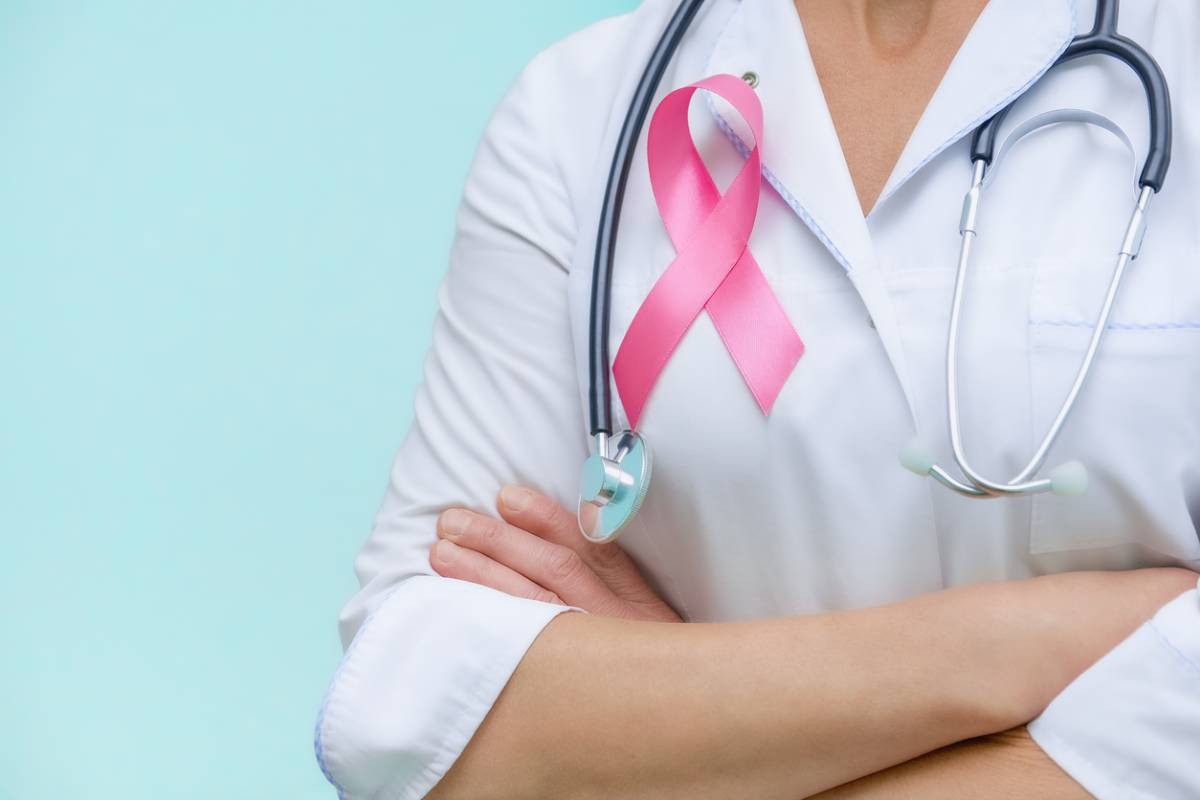A breast biopsy is an important part of the diagnostic process. A mammogram or ultrasound can be used to detect a mass, but a biopsy is the only way to definitively determine the nature of the mass. As a normal part of the diagnostic process, a breast biopsy is a highly regulated procedure with relatively minor risks involved. Let’s look at the risks vs benefits of a breast biopsy.
Risks vs Benefits of Breast Biopsy
With that being said, a biopsy may be a completely foreign concept to you. In order to demystify the process and help you feel more comfortable, we have put together a brief risk-benefit analysis along with a basic explanation of what you may expect when you get your breast biopsy in Austin.
Types of Breast Biopsy
Before getting into the risks and benefits of breast biopsies, we need to discuss the different types. There are two primary ways of extracting a biopsy from a suspicious mass in your breast: fine-needle aspiration and a needle core biopsy.
Fine Needle Aspiration:
A fine-needle aspiration biopsy is the least invasive form of biopsy used. It is most commonly used when the mass is very close to the skin or your doctor suspects the mass is a cyst. It works by inserting a small needle into the mass, using an ultrasound for visual guidance. Once the needle has penetrated the mass. A vacuum inside the syringe draws a small sample out from the breast.
Unfortunately, if there are malignant cells in your fine needle aspiration sample, you may need another, more invasive, biopsy. An FNA sample cannot tell your doctor whether or not the cancer is invasive. This would help to define the terms of your treatment. That is why FNA is usually only used when your doctor is pretty sure the mass isn’t malignant but wants to be sure.
Needle Core Biopsy:
The procedure may sound fairly similar, but a needle core biopsy is a more straightforward option for masses that are more likely to be malignant. During the procedure, your doctor will make an infinitesimal incision in your skin. Then they will use a mammogram, an MRI, or an ultrasound to guide the biopsy needle into the mass. At that point, your doctor will take several core samples of the mass in order to ensure that the pathology report is clear.
This method allows your pathologist to study a complete tissue core rather than just a few cells. As a result, your doctor will be able to determine the nature of the mass more precisely. A second biopsy should not prove required.
The Benefits of Biopsy
A biopsy is the only way to know whether you really have cancer or not. There are so many conditions that could result in the formation of a mass in the breast, and your doctor needs to know what treatment to use so that you can get back to your life. Of course, thinking about the possibility of cancer is scary, but a biopsy will let you know for sure. Once you know what you’re dealing with, you can take active steps towards getting better.
The Risks of Biopsy
Biopsies are minimally invasive. And come with very few risks involved. In rare cases there may be excessive bleeding, and infection is always a possibility. However, both complications are fairly easy to address. In the case of excessive bleeding, you may need a surgical procedure, but this is extremely rare. The vast majority of biopsies are a little uncomfortable with no real downside.
Preparing for Your Biopsy
The truth is that the benefits far outweigh the rare risks associated with a biopsy. However, it’s perfectly natural to feel a little nervous. If you’re experiencing any anxiety, then talk to your doctor at the Breast Institute in Austin. They will explain the data behind biopsies and what you can personally expect during your next visit.

